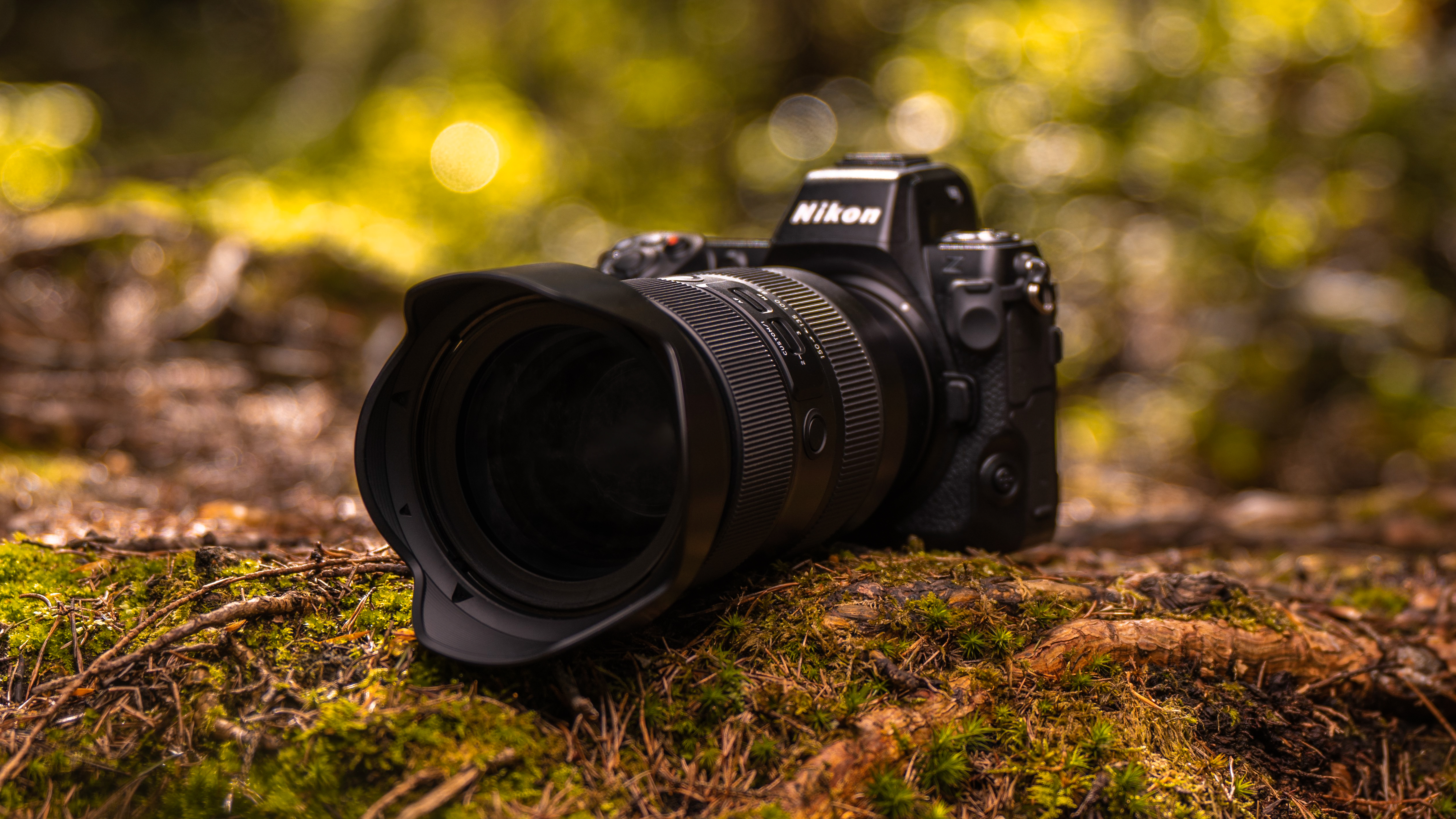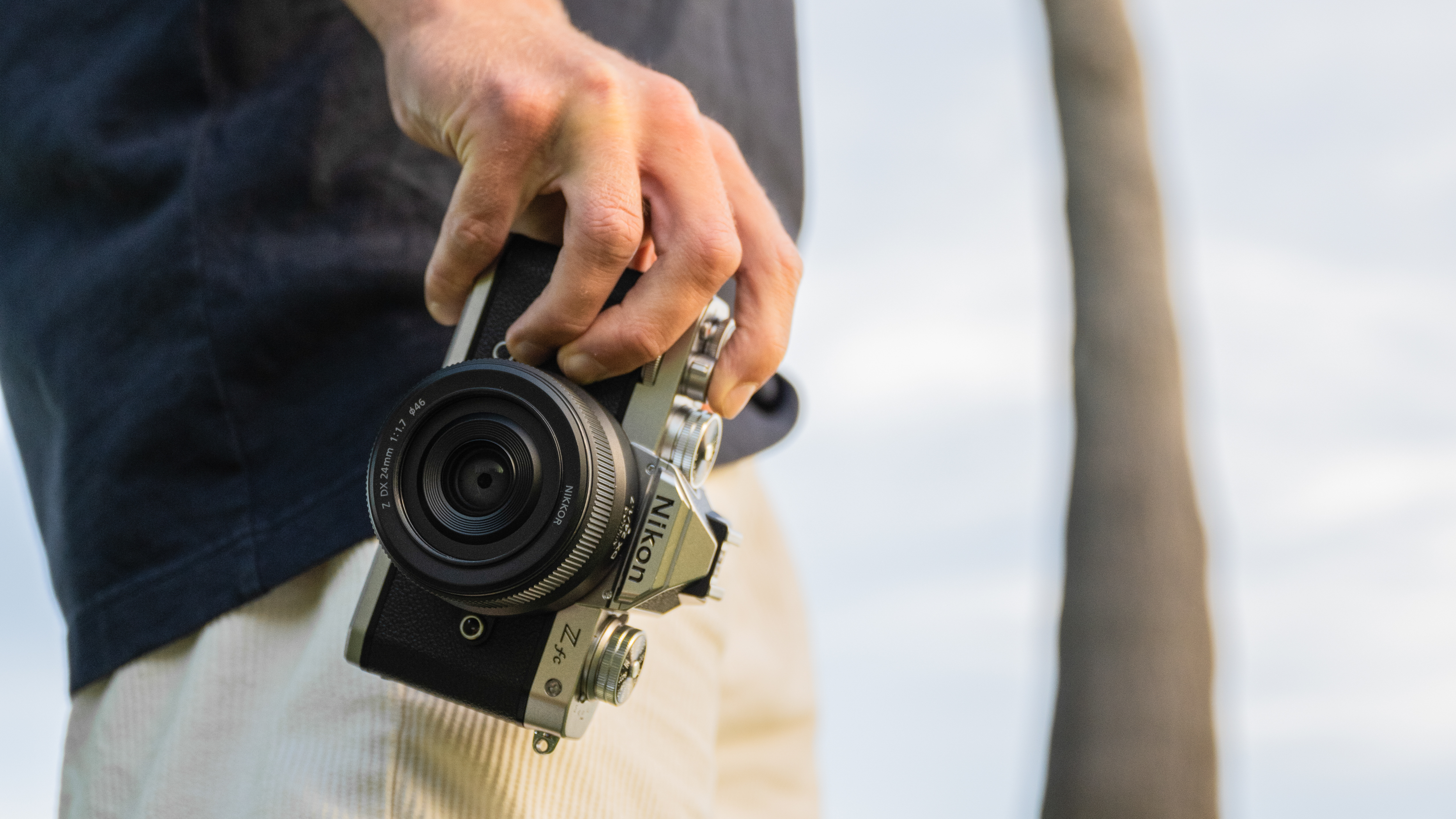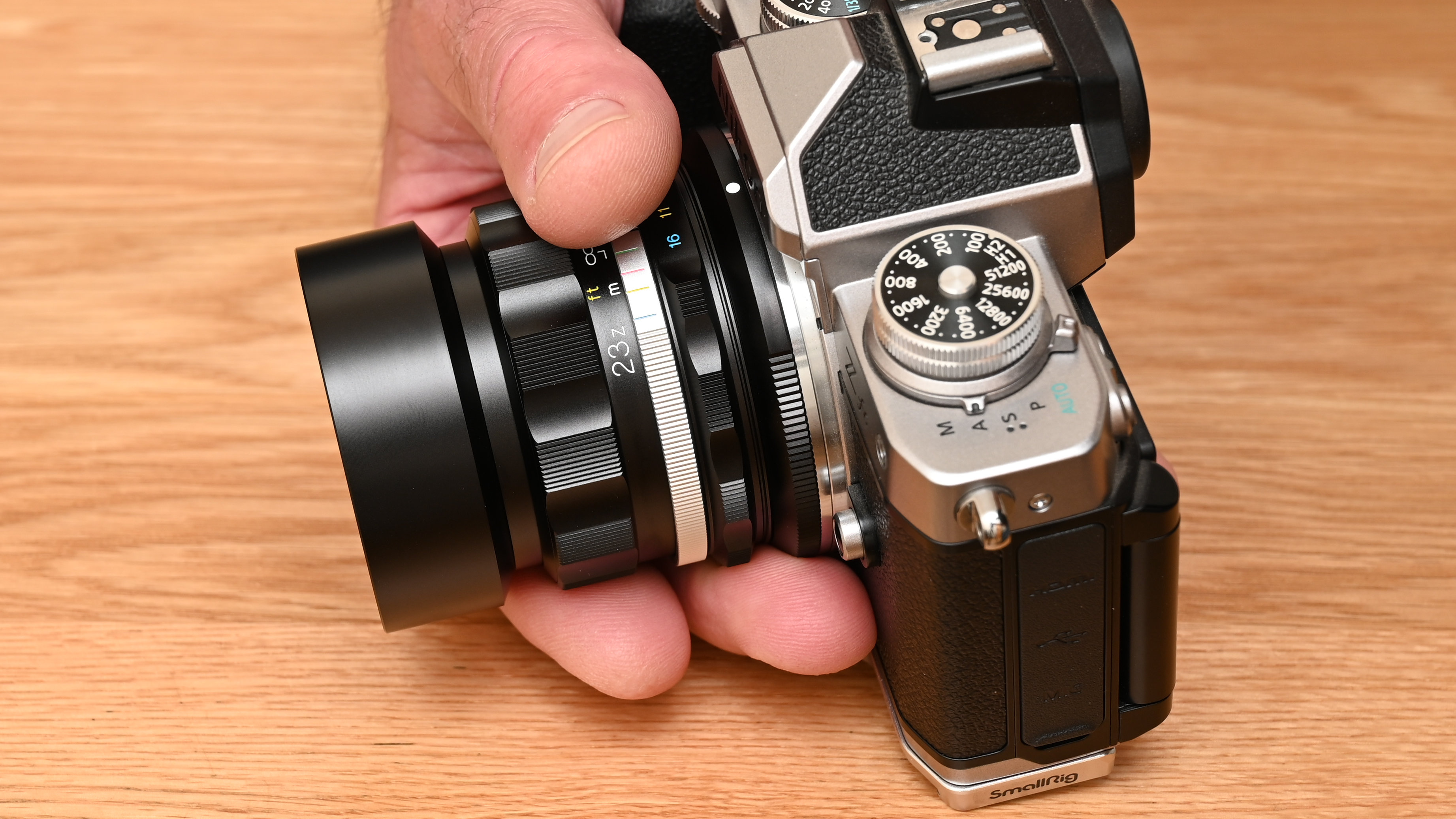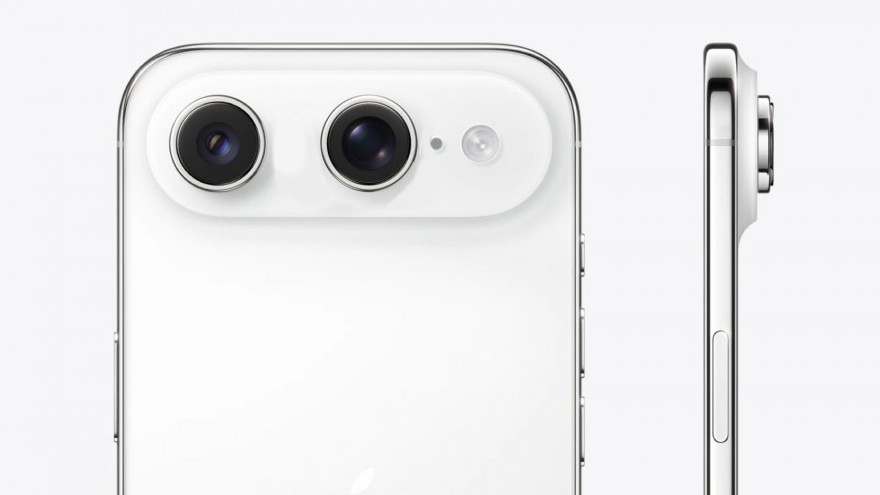12 lenses of Christmas: Sony turns up the summer heat in July with a revitalized favorite
Sony took a much-loved 70-200mm telephoto lens and made it even better

Sony hit 50 and counting with the freshly announced Sony FE 70-200mm F4 Macro G II. Indeed, the manufacture of 50 different E-mount, own-brand Sony lenses leaves the likes of Canon and Nikon with a lot of catching up to do. The new lens is hotter than July, boasting improved performance a new 0.5x macro capability.
Did we mention that Sony left Nikon with some catching up to do in the lens race for mirrorless cameras? We’d say that Tamron had stepped in to help with the launch of its new Tamron 35-150mm f/2-2.8 Di III VXD, especially as the aperture rating makes it ‘faster’ than any own-brand Nikon Z glass. The only trouble is it’s not that much of a help when Tamron had already launched the lens in E-mount for Sony cameras, earlier in the year.
And what summer madness is this? We also brought news in July of a new Laowa Aurogon FF 10-50x NA0.5 Supermicro APO. It’s definitely not a bird or a plane but, with as much as a 50x magnification factor, it’s hard to decide if it’s a macro lens of a microscope.
As well as reviewing the new Sony FE 70-200mm F4 Macro G II, we also tested the very appealing Sony FE 50mm F2.8 Macro. Naturally, this lens is a lot smaller, lighter and inexpensive but it gives a full 1.0x macro magnification as well as doubling up as a useful standard prime. With a more wide-angle view, equating to 36mm in full-frame terms, we were also impressed by the new Nikon Z DX 24mm f/1.7 for APS-C format Z-system cameras. Again, it’s compact, lightweight and highly effective.
Continuing with Nikon Z-mount lenses, we reviewed the Voigtländer 15mm f/4.5 Super Wide-Heliar Z Aspherical and DX format Voigtländer D23mm f/1.2 Nokton. The 15mm is an ultra-wide-angle prime for full-frame cameras, the 23mm is for DX format cameras and gives an effective 35mm focal length in full-frame terms. Both are manual-focus lenses.
We finished off July’s review schedule with the AstrHori 18mm f/8 2x Periscope Probe Macro. A remarkable lens, it comes as a kit of parts with its own LED lighting array, enabling you to literally take extreme macro shots where in tucked away places where the sun don’t shine.
- 12 lenses of Christmas: April 2023
- 12 lenses of Christmas: March 2023
- 12 lenses of Christmas: February 2023
- 12 lenses of Christmas: January 2023
The best camera deals, reviews, product advice, and unmissable photography news, direct to your inbox!
Matthew Richards is a photographer and journalist who has spent years using and reviewing all manner of photo gear. He is Digital Camera World's principal lens reviewer – and has tested more primes and zooms than most people have had hot dinners!
His expertise with equipment doesn’t end there, though. He is also an encyclopedia when it comes to all manner of cameras, camera holsters and bags, flashguns, tripods and heads, printers, papers and inks, and just about anything imaging-related.
In an earlier life he was a broadcast engineer at the BBC, as well as a former editor of PC Guide.





